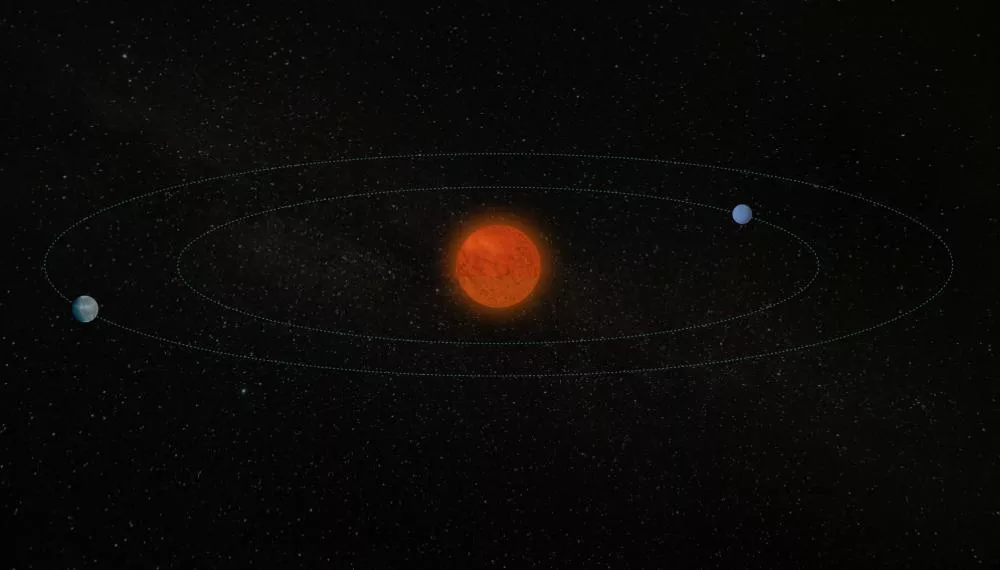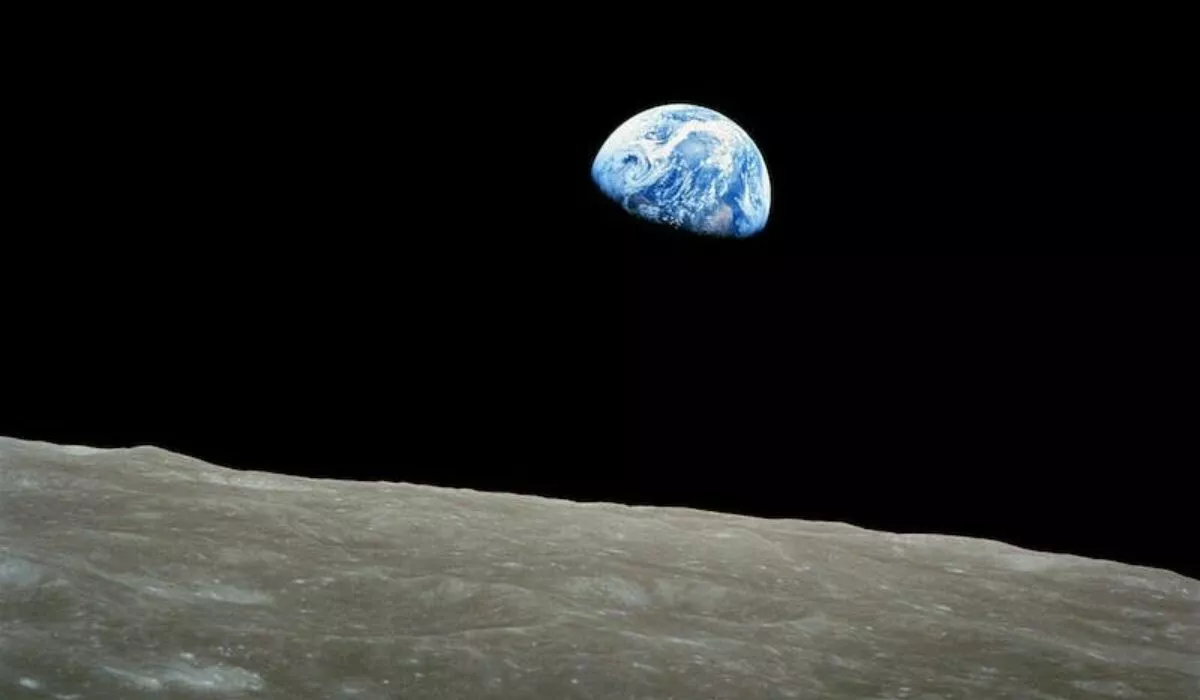Thinking
The new Avatar is the latest in a long trend of science fiction movies which explores extra-terrestrial life. It shows us an inhabited planet not unlike Earth, with an advanced ecosystem and intelligent alien species. This genre delves deep into the question of whether there truly is life on other planets, and whether we will ever know?
How is life formed and sustained?
The definition of a habitable planet is one that can sustain life for a significant period of time. For a planet to sustain life, it must have liquid water. Water is especially important, as it is a solvent capable of dissolving many substances. Thus, it is the perfect medium for transporting substances in and out of cells. However, for scientists on Earth to be able to detect this water from space, it must be on the planet’s surface, although this condition is confined to our understanding of life on Earth. As researchers learn more and discover new environments in which life can sustain itself, the requirements for life on other planets may be redefined. Water may not be the only liquid that can support life, which is why scientists are also investigating methane and ammonia, as potential substitutes.
The region around a star where liquid water can exist on a planet’s surface is called the “habitable zone.” Another name for this region is the “Goldilocks zone,” as it is ‘just the right’ distance from its star for the water to exist on the surface. Thus, astronomers limit their search to planets in this region when checking for habitable planets.
In fact, scientists have pinpointed a few planets which could be habitable; 2 of these ‘exoplanets’ are located 16 light-years away, orbiting the red dwarf GJ 1002 (pictured below).

The closest exoplanet we know of is Proxima Centauri b (Proxima b) which orbits the red dwarf Proxima Centauri. This star is only 4.2 light-years away. Does this mean it is possible to travel to other inhabitable planets, and potentially find other life?
Could we travel to other inhabited planets someday?
The big question is: is there extra-terrestrial life? It seems egotistical to believe that we are the only living beings in this huge Universe, even if we are yet to discover others. We have already sent spacecrafts out of our solar system (Voyager 1 & 2), with messages from Earth, to let other intelligent life forms know that we exist. However, not all astronomers agree with this definition of the boundary of the solar system. Another opinion is that the boundary is where the Sun’s gravity is no longer dominant; a point beyond the Oort cloud. As the Voyagers are currently travelling at 35,000 miles per hour, it will take them almost 40,000 years to reach this boundary, by which point Earth will have ceased to exist as we know it. Thus, scientists want to know if generations in the nearer future will be able to find extra-terrestrial life. Once we know if and where it exists, the next step is trying to find a way to communicate, or to travel there.
Transporting through interstellar space could be dangerous, as the spacecraft would be travelling at extremely high speeds to ensure that it reaches the planet within a human’s lifetime. A grain of matter which is travelling at 90% the speed of light has the same amount of kinetic energy as a small nuclear bomb. If this were to hit a spacecraft, which is also travelling at high speeds, the collision would be fatal. Our technology is also not advanced enough to allow humans to survive the acceleration needed to achieve intergalactic travel.
There is also a limit to how far we can reach. Due to the Universe constantly expanding, each point within it is getting further away from every other point. Even if we were to develop this technology in a couple hundred years, there would be a point past which we could never go: imagine you wish to travel to a point 16 light years away. If you travel for 16 light years, at the speed of light, that point would have done the same amount of travelling. Thus, we cannot ever breach that gap. Thankfully, astronomers have noticed that there are ‘clusters’ within the Universe; celestial bodies that are close enough to each other that we can ignore this issue. We will always be able to travel within our cluster, even if it takes us a long time to develop machinery powerful enough to take us there.
A shortcut?
An intriguing solution to the limit problem is if we can find a shortcut through the universe: a wormhole. The idea of a wormhole is like a tunnel, in that it connects two points through space, although wormholes could also potentially bend time. The hypothesis that wormholes exist is based on a special solution of the Einstein field equations, in general relativity. If we managed to find a wormhole, we would have the ability to reach much farther, depending on where the other side of this wormhole is located. However, at present, this remains in the realm of science fiction, as we have no way of knowing how these wormholes would work, and whether they would be safe.
A complex conclusion
It may be seen as vanity for humanity to believe it is the only species of high intelligence in the universe, and that our planet is the only inhabitable one. Even though we have no communication from or proof of alien species existing, scientists will continue to search for answers. The child-like dream of flying through space, inspired by media like Blake’s 7 and Star Wars, will forever have a place in the hearts of many. With our present technology it is impossible, but who knows what the future holds.
Rali, NLCS Student
This article was taken from the latest edition of Scientia which you can read here.



